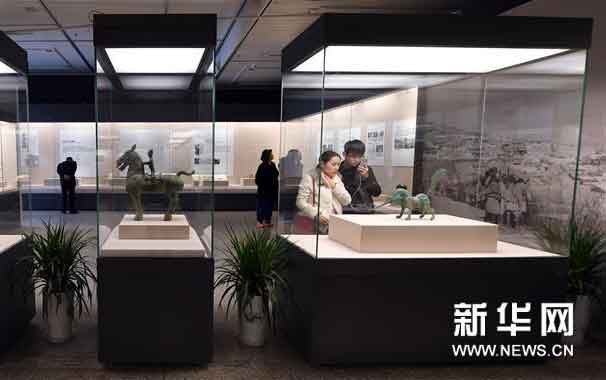Qinghai to boost development of Tibetan medicine
As a treasure of the traditional Chinese medicine, the Tibetan medicine constitutes an important part of traditional Chinese medicine and outstanding traditional culture.
Tibetan medicine boasts a long history in northwest China’s Qinghai Province, and has been the first choice of farmers and herdsmen for medical treatment. As an advantage in Qinghai’s health services with distinctive feature, the Tibetan medicine has made rapid development in recent years. According to Qinghai Daily, currently there have been over 20 modern Tibetan medicine manufacturers in the province, with an annual output value of more than three billion yuan (461.5 million US dollars).
Jamyang Gyatso, deputy director of the Tibetan Medicine Hospital of Golog Tibetan Autonomous Prefecture in Qinghai, said that the Tibetan medicine treatment rate of the outpatients of the hospital in 2015 reached 96 percent, and the cure rate 91 percent. About 65 percent of the ICU patients had been rescued by the Tibetan medicine, and the revenue from the Tibetan medicine accounting for 81.59 percent of the hospital's total revenue.
Next Qinghai Province will formulate and implement medium- and long-term plans on development of the traditional Chinese and Tibetan medicine, boost the capacity of “the traditional Chinese and Tibetan medicine clinics”, and accelerate the cultivation of leading, innovative and technical talents in the fields of the traditional Chinese and Tibetan medicines in order to improve the services of the two traditional medicines. Efforts will be made to get the two traditional medicines deeply involved in the implementation of the “Belt and Road Initiative” by giving full play to their advantages to upgrade the health care service level. The province will also work harder to inherit and research on the ancient books and literature of the Tibetan medicine, apply for the intangible cultural heritage for better protection, boost the cultures of the traditional Chinese and Tibetan medicine institutions, and build a core value system of the Chinese ethnic medicines.
Your Comment
Name E-mailRelated News
-
;
-
-

-
Ancient Tea-Horse Road historical relics exhibition held in Gansu
The Ancient Tea-Horse Road Historical Relics Exhibition jointly hosted by China's eight provinces and regions recently opened in Gansu.
-
-
-

-
Epic drama Princess Wencheng IV to be staged soon
The epic drama Princess Wencheng IV will formally begin on Apr. 20, and the preliminary rehearsal is ongoing.
-
Based in Lhasa, Tibet Vista is a Tibet travel agency that specialized in Tibet permit, and Tibet tours for both private and group travelers at a local price!
•4 Days Lhasa City Group Tour from USD 460 •8 Days Everest Base Camp Group Tour from USD 850 •15 Days Mt.Kailash Group Tour from USD 1780 •2016 Tibet Train Tours from Beijing, Shanghai, Chengdu, Xining,etc










